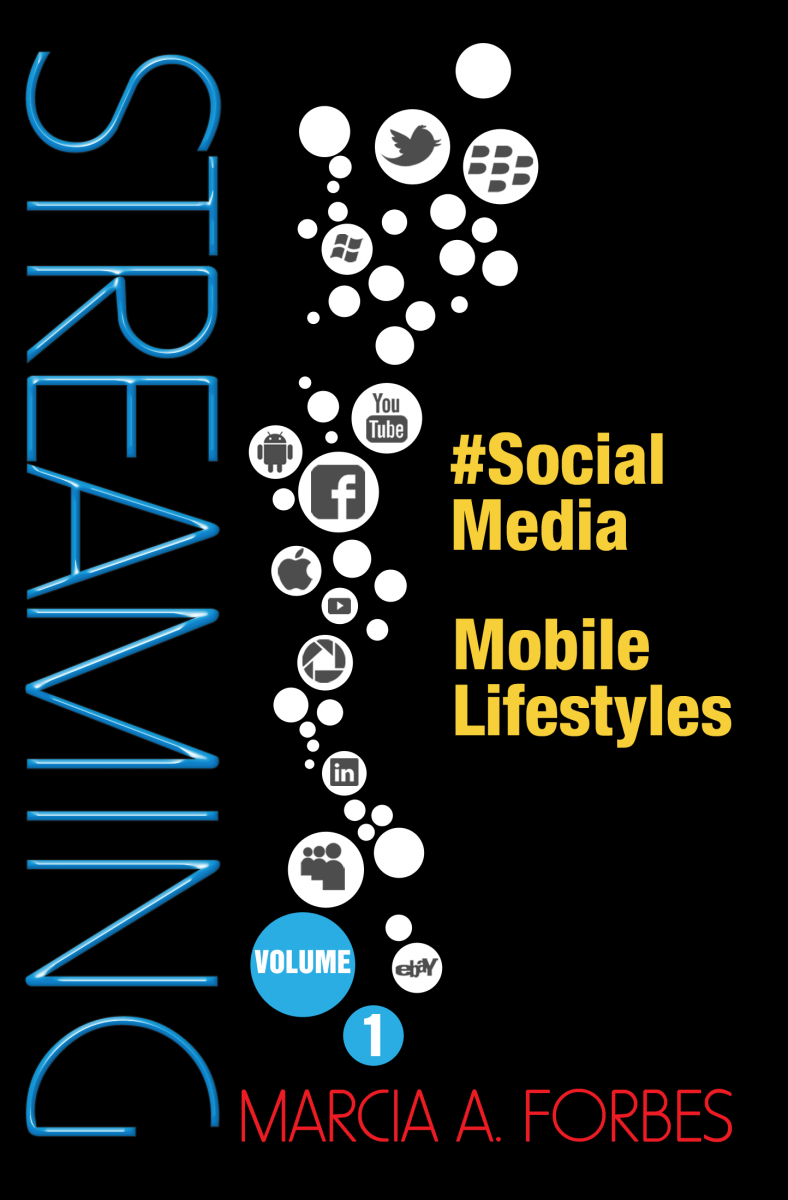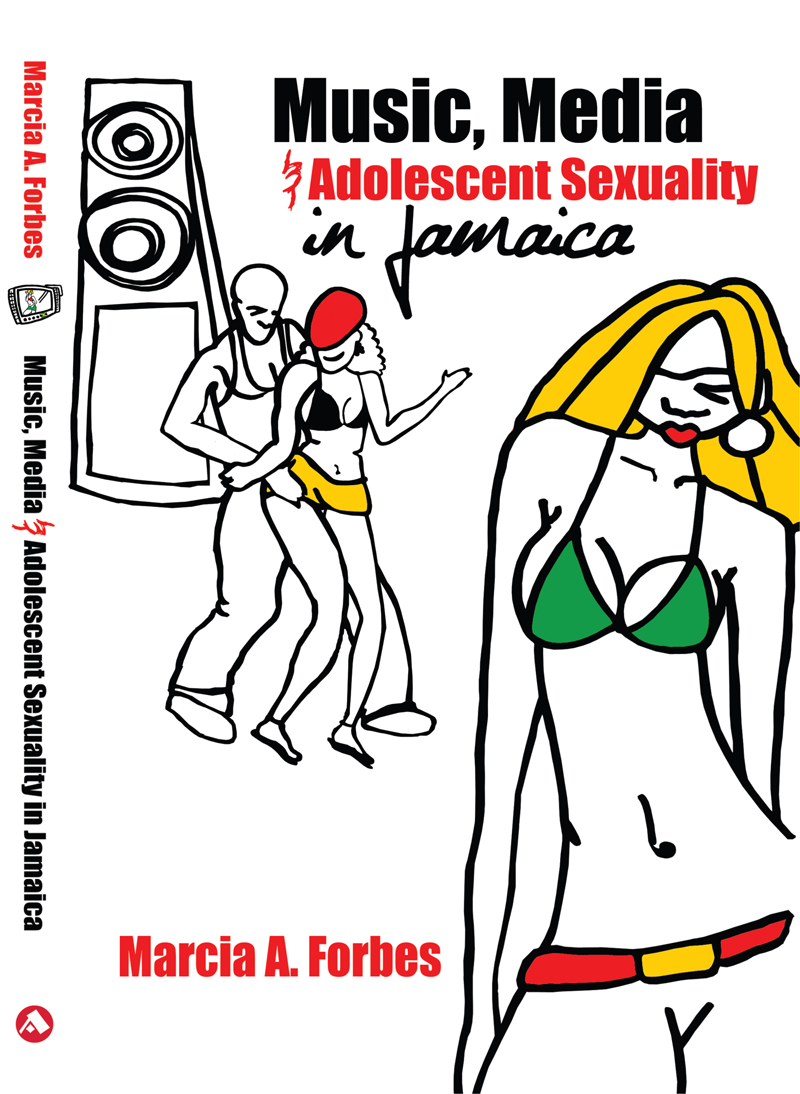I recently presented some of the findings from my research work to the 157th General Assembly  of the Jamaica Baptist Union (JBU). The Baptists are concerned about changing youth trends and what to them appear to be identifiable shifts in the priorities, values and morals of Jamaican youths. In preparing for that session, I was challenged to think about the ways in which these trends are being manifested and ways to deal with some of the related issues. I was specially invited because of my media involvement and research work, so clearly the role of the electronic media in Jamaica was the focus of my presentation.
of the Jamaica Baptist Union (JBU). The Baptists are concerned about changing youth trends and what to them appear to be identifiable shifts in the priorities, values and morals of Jamaican youths. In preparing for that session, I was challenged to think about the ways in which these trends are being manifested and ways to deal with some of the related issues. I was specially invited because of my media involvement and research work, so clearly the role of the electronic media in Jamaica was the focus of my presentation.
By electronic media most of us will immediately think of radio and TV. Not so anymore!
The computer and through it internet sites as well as cellular telephones are now beginning to make their mark as members of the electronic media in Jamaica. Telephone penetration in

Jamaica today is over 80%, this compares to only about 19% at the end of 1999. Cell phones are everywhere and very popular among youths. Although computers in the home was recently reported as 11% and internet access at home and work at 17%, these figures disguise some of the realities of access. What about schools? Many schools now have computer labs. But I’m jumping the gun. First let me remind us of the electronic media landscape a mere 20 or so years ago.
Many of us have already forgotten the days when JBC was the only game in town for TV and signed on in the late afternoon, while RJR ruled the roost in radio. There were no cell phones, no computers, no chat rooms from either cell or computer, no internet sites to surf and download and no multi-channel cable TV. I often smile to myself when I hear arguments about lack of diversity of voices in the media since I know that the variety of voices via media in Jamaica has never been as diverse as it is today, nor has the extent of media ownership ever been as wide.
The numerous independent content providers such as those who operate cable channels for which they are fully responsible for programming and scheduling as well as those who produce individual programmes, often escape the radar screen. Yet they can and often do have tremendous ‘Impact’ (pun intended).

In our island today we have 55 cable systems with each system delivering at least 50 and very often over 100 channels. There are 3 free-to-air TV stations (TVJ, CVM & Love TV) and almost 20 radio stations. Remember there is also satellite radio and DirecTV as well. Clearly then, youths in Jamaica today have influences from the electronic media coming at them from ‘All Angles’ (again pun intended).
Although many Jamaicans may still not be familiar with My Space, several local entertainers have their space on My Space. This is an internet web site where people post information about themselves and social networking takes place. Then there is the even more popular You Tube which invites you to broadcast yourself. Many Jamaican youngsters are very familiar with these web sites, even if they do not have a computer at home. These sites host thousands of music videos, many homemade since young people frequently use their cell phone cameras to make movies or music videos of themselves and post it on YouTube.
We cannot shut out the world and this thing we call ‘youth culture’ is really quite real. Across the world youths generally identify with each other. They often share very similar dress styles, love of music and music videos and interest in new technologies. Television whether cable or free-to-air TV has played a very important role in helping young people to build a sense of common identity. In fact some people now argue that in general it is television which people rely on to tell them who they are and how they should act. This role is no longer primarily performed by the family.
However, we must remember that media does not operate in a vacuum. Media feeds upon and is fed by what takes place within society and concurrently feeds back to society. It’s a two way process. Media both reflects and creates reality. What I’m saying here is that youth trends are not entirely as a result of the electronic media. Societal forces and factors play critical roles in helping to drive what we see on TV and hear on radio. In response to one of my research questions one adolescent noted,
“Music videos basically reflect on what’s happening in everyday life, most of them at least….You’ll probably have more of an effect on what’s happening right next to you, rather than what’s on TV.”
This is just one of several similar responses. Young people are greatly influenced by what they

see and hear around them, and not just from the media. Conversations between parents, next door neighbours quarreling, community dances with selectors issuing instructions, what happens on the buses and at school, these all help to shape the lived realities of each of us, including our children. So what to do about these changing youth trends? It starts in the home!!
While I do not absolve TV, radio, computers and cell phones of some of the shifts in the priorities, values and morals among our youths that we are experiencing today, the real crux of the problem is the family. Or better said, the total absence or serious breakdown of the family in Jamaica. Some may say they’ve heard this before. Yes, you have but it doesn’t make it less true.
In my survey of almost 450 adolescents across several parishes, more children live in homes where parents have no relationship with each other and do not even visit each other (26.8%), than those who have parents who were married and live together all the time (24.4%). Common law unions where parents were not married but live together account for another 10.1%. Combined therefore married and living together all the time and common law unions accounted for just over a third (34.5%) of the youths. What about the remaining two-thirds? What kinds of families are they growing up in and how do these various kinds of structures relate to media choices and certain behaviours of our youths?
Homes in which mother and father are present, whether married or common-law, have the most restrictions on the amount of TV children are allowed to watch. In homes where parents are divorced, separated or didn’t even visit each other, children have least restrictions. It is not surprising that adolescents from female headed households and single-male headed ones are two times more likely than other households to choose relationship-based music videos as the type they love most. These videos are the ‘lovey-dovey’ type like soul and R&B.
A part of my analysis of this is that young people from households headed by women (already established from previous research conducted by other organizations in Jamaica to be the poorest with the most children) crave love and affection, hence their attraction to these types of music videos. In these households the females are frequently busy trying to put food on the table. While single-male headed households are not usually as poor nor as large, I suspect the children in these homes may also lack sufficient attention to their emotional needs.
Of note as well is that adolescents from female headed households are two times less likely than those from other types of households to name gospel or religious music videos as their favourite. The same is true for single parent households headed by a man. This is in contrast to households with both parents present. In homes where both mother and father are present, adolescents are two times more likely to name gospel videos as their favourite.
Adolescents in homes where parents live together all the time are approximately 10% to 20% more likely to have never had sex than those in homes were parents are not together at all or together only some of the times. Those whose parents are not together at all are 13% to 22% more likely to have had sex than those in other types of households.
From these survey findings what to do becomes clear—Stop putting all the blame on the media and focus on families. Families play a critical role in young people’s media habits and their sex habits as well. Two adolescents from two different types of homes can watch the same TV show and interpret it very differently. Family structure and support are critical variables in determining the kinds of meanings young people will put to what they see and hear around them and the kinds of behaviours they will engage in as a result.
 of the Jamaica Baptist Union (JBU). The Baptists are concerned about changing youth trends and what to them appear to be identifiable shifts in the priorities, values and morals of Jamaican youths. In preparing for that session, I was challenged to think about the ways in which these trends are being manifested and ways to deal with some of the related issues. I was specially invited because of my media involvement and research work, so clearly the role of the electronic media in Jamaica was the focus of my presentation.
of the Jamaica Baptist Union (JBU). The Baptists are concerned about changing youth trends and what to them appear to be identifiable shifts in the priorities, values and morals of Jamaican youths. In preparing for that session, I was challenged to think about the ways in which these trends are being manifested and ways to deal with some of the related issues. I was specially invited because of my media involvement and research work, so clearly the role of the electronic media in Jamaica was the focus of my presentation.  Jamaica today is over 80%, this compares to only about 19% at the end of 1999. Cell phones are everywhere and very popular among youths. Although computers in the home was recently reported as 11% and internet access at home and work at 17%, these figures disguise some of the realities of access. What about schools? Many schools now have computer labs. But I’m jumping the gun. First let me remind us of the electronic media landscape a mere 20 or so years ago.
Jamaica today is over 80%, this compares to only about 19% at the end of 1999. Cell phones are everywhere and very popular among youths. Although computers in the home was recently reported as 11% and internet access at home and work at 17%, these figures disguise some of the realities of access. What about schools? Many schools now have computer labs. But I’m jumping the gun. First let me remind us of the electronic media landscape a mere 20 or so years ago. In our island today we have 55 cable systems with each system delivering at least 50 and very often over 100 channels. There are 3 free-to-air TV stations (TVJ, CVM & Love TV) and almost 20 radio stations. Remember there is also satellite radio and DirecTV as well. Clearly then, youths in Jamaica today have influences from the electronic media coming at them from ‘All Angles’ (again pun intended).
In our island today we have 55 cable systems with each system delivering at least 50 and very often over 100 channels. There are 3 free-to-air TV stations (TVJ, CVM & Love TV) and almost 20 radio stations. Remember there is also satellite radio and DirecTV as well. Clearly then, youths in Jamaica today have influences from the electronic media coming at them from ‘All Angles’ (again pun intended). see and hear around them, and not just from the media. Conversations between parents, next door neighbours quarreling, community dances with selectors issuing instructions, what happens on the buses and at school, these all help to shape the lived realities of each of us, including our children. So what to do about these changing youth trends? It starts in the home!!
see and hear around them, and not just from the media. Conversations between parents, next door neighbours quarreling, community dances with selectors issuing instructions, what happens on the buses and at school, these all help to shape the lived realities of each of us, including our children. So what to do about these changing youth trends? It starts in the home!!

